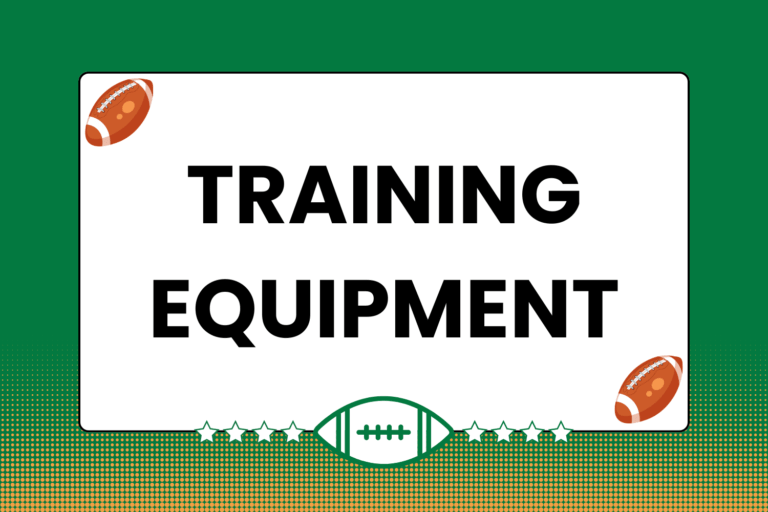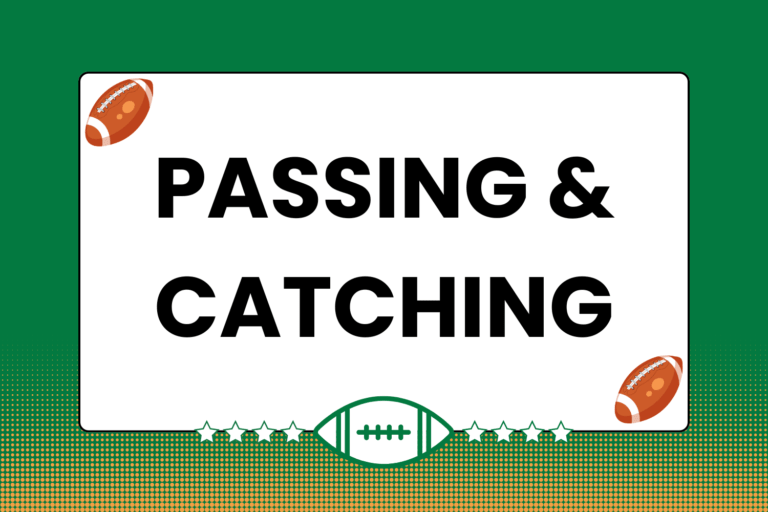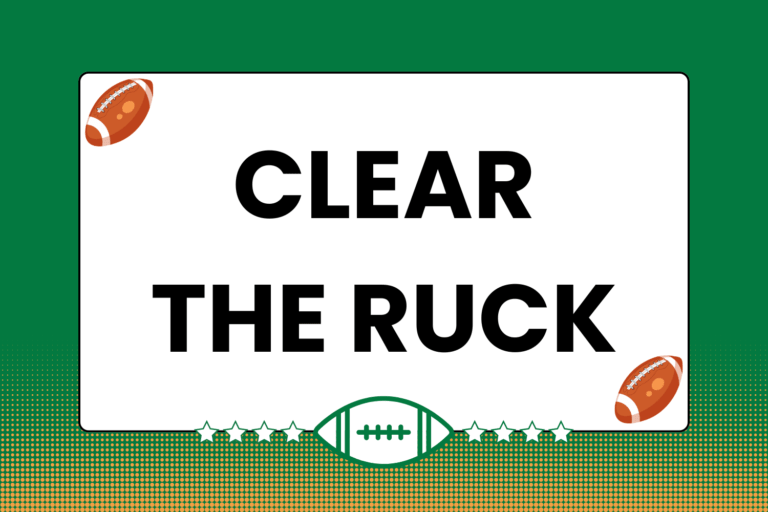The 15-man Union style of rugby is the most common version of the game, but there are other variations of the sport as well. One popular adaptation is Sevens Rugby, which is also referred to as seven-a-side rugby, rugby Sevens, rugby 7’s, and rugby VIIs. Each title emphasizes the fact that only seven players per side participate in the game.
Regardless of the name, seven-man rugby is a unique, Union-style form of rugby that boasts a sizable fan base around the world. This guide identifies and explains the distinct facets that of rugby Sevens.
The Basics of Sevens Rugby
Drawing heavily from the Union code of rugby, Sevens rugby is essentially a faster-paced, more spread out version of its 15-man counterpart. Compared to the League code of rugby, however, Sevens does not share nearly as many similar characteristics. For example, Sevens rugby fields a mix of both forwards and backs positions that are referred to by their normal Union titles (hooker, scrum-half, etc.). Like Union-style rugby, sevens is played on a regulation-sized pitch that measures 120 meters long by 70 meters wide. Additionally, line-outs are used to restart play when the ball goes into touch, as are scrums after a minor infraction (though with a different format; more on that below).
Regardless of the similarities between Sevens rugby and any other style of the game, two distinct characteristics make Sevens rugby stand out: The players involved and the pace of the game.
- Sevens rugby personnel: The most tell-tale characteristic of seven-man rugby is, as the various names illustrate, the fact that it’s played with only seven players per side. League rugby fields 13 players per side, while Union rugby fields 15 players per side.
- Game pace: A Sevens rugby game is very short, consisting of two seven-minute halves (which also contributes to the various titles by which it’s known). Combine the relatively short games with the fact that there are only 14 players on the field, and it makes for a much more spread-out and fast-paced version of rugby.
Though there are other characteristics that contribute to Sevens rugby’s unique identity, the personnel and pace are the most distinctive aspects of the game.
Amazingly True Story
Back in the late 1800’s, two Scottish butchers named Ned Haig and David Sanderson came up with a rather odd way to raise funds for their local rugby football club, of which they were both members. The two theorized that it would be easy to both draw and keep a crowd if they had the chance to watch a more unique and exciting version of the rugby that was normally played. They decided to halve the number of players, and drastically cut the playing time down to put added pressure on both sides to quickly score points. It was from this fund-raising endeavor that Sevens rugby was born.
Distinguishing Characteristics
Within the already reduced format of the game are several other details that contribute to the structure of Sevens rugby. Some of the more tell-tale qualities of the game are explained below:
- Players used: Although any rugger technically can play Sevens rugby, it’s almost always done by players who are used to handling the majority of the ball-carrying responsibilities. Because of the fast pace, it’s unusual to see an actual prop in a Sevens game. More often than not, Sevens rugby is played by backs and loose forwards.
- Forwards/backs ratio: In Sevens rugby, there are three forwards and four backs playing for each side. These players may occupy positions that they normally wouldn’t in a 15-man game. For example, although both sides field two props, it’s very likely that a flanker forward or center would play this position (for the reason outlined above).
- Substitutions/Extra players: In a Union match, both sides are allowed seven substitute players, and have seven opportunities to make substitutions. In a Sevens match, however, only five additional players are available, and teams are allowed to sub players only three times.
- Reduced scrum sizes: Since there are only seven players per side in a Sevens match, and eight players per side are involved in Union-style scrums, it’s impossible to have a full scrum. Sevens scrums are formed with three players per side, consisting of two props and a hooker.
- Conversion kicks: In a Union match, the player attempting a conversion kick is normally permitted to use a tee. In Sevens rugby, however, conversion attempts must be made via a drop-kick.
- Kick-off protocol: After one team scores in a Union match, the team that conceded those points is required to kick the ball off to the scoring team. The reverse is true in Sevens—the scoring team kicks off to the conceding team.
Again, these aren’t the only factors that separate Sevens rugby from the other playing styles. Certain penalties, as well as the length of time a player has to perform a penalty goal attempt, are also unique to Sevens rugby. The facets listed above, however, are definitely some of the most indicative characteristics of Sevens rugby.
A Growing Game
Although not quite as popular, Sevens rugby definitely has a growing fan base. Many tournaments dedicated solely to seven-man rugby are held every year, ranging from local club-level matches all the way to international competitions. In fact, Sevens rugby was recently made an official Olympic sport, and will debut at the 2016 Summer Games.





